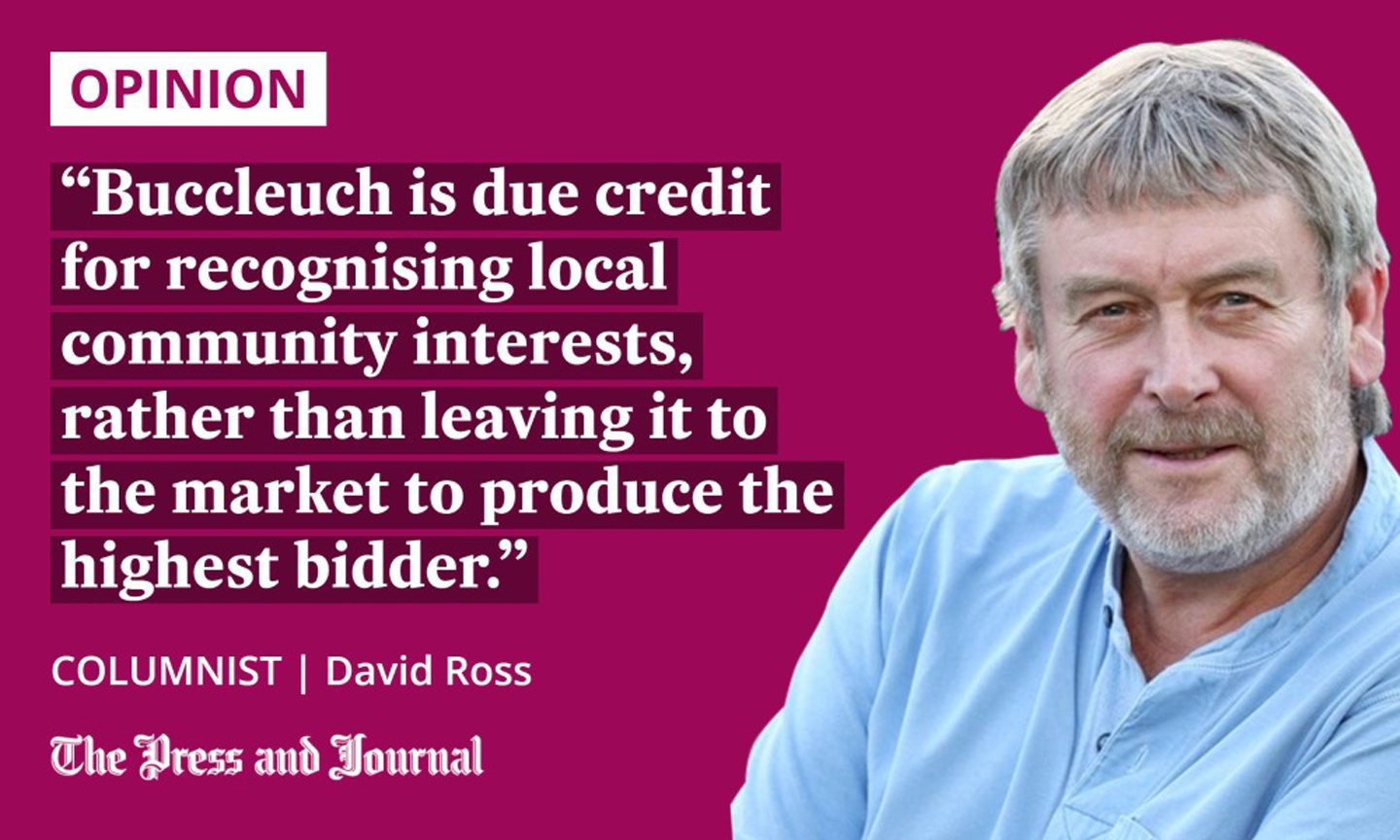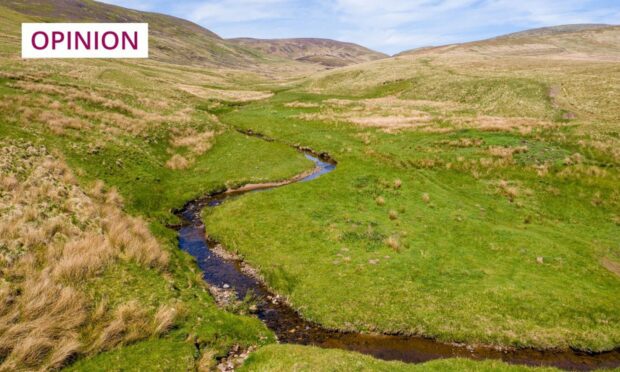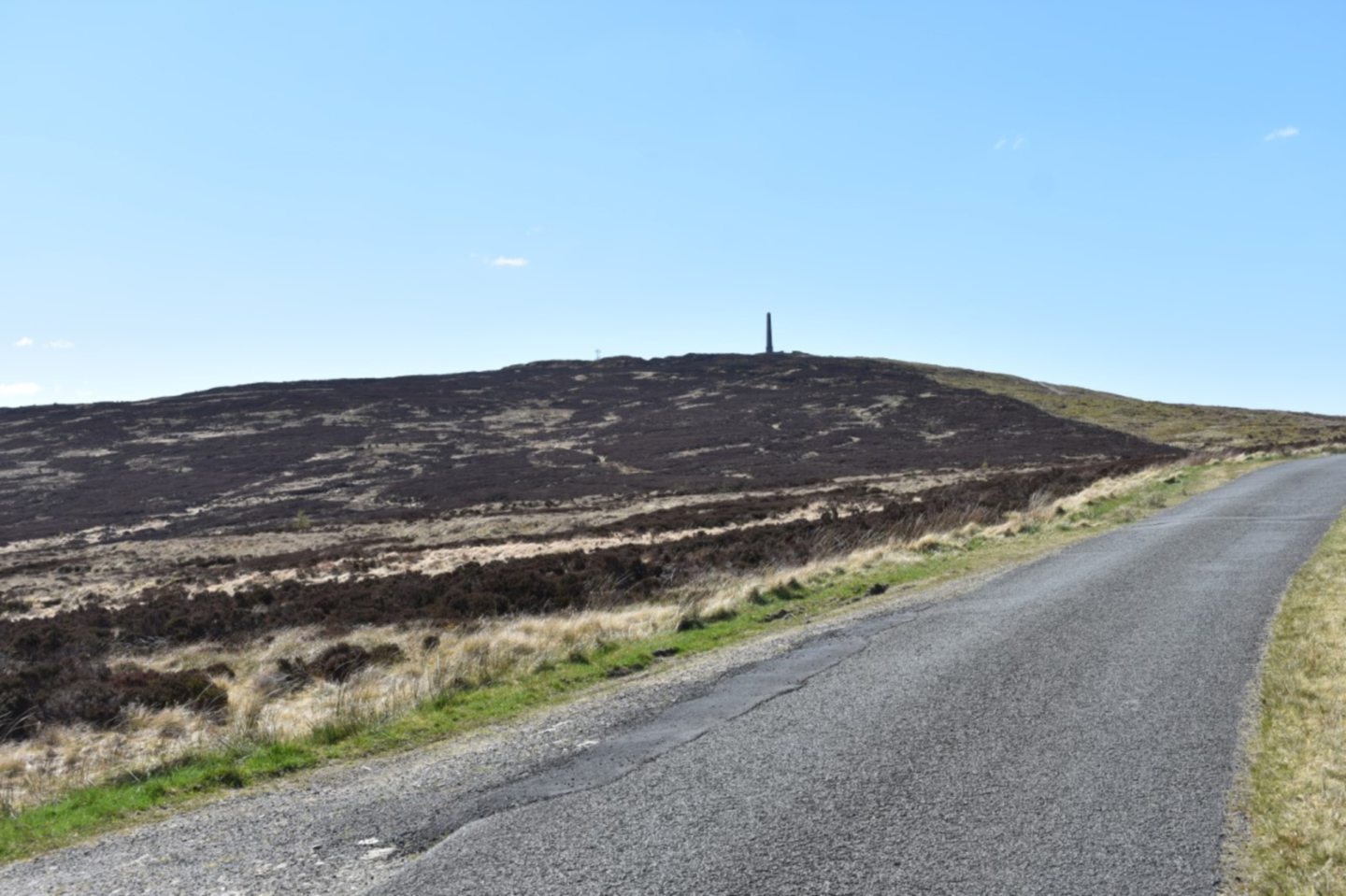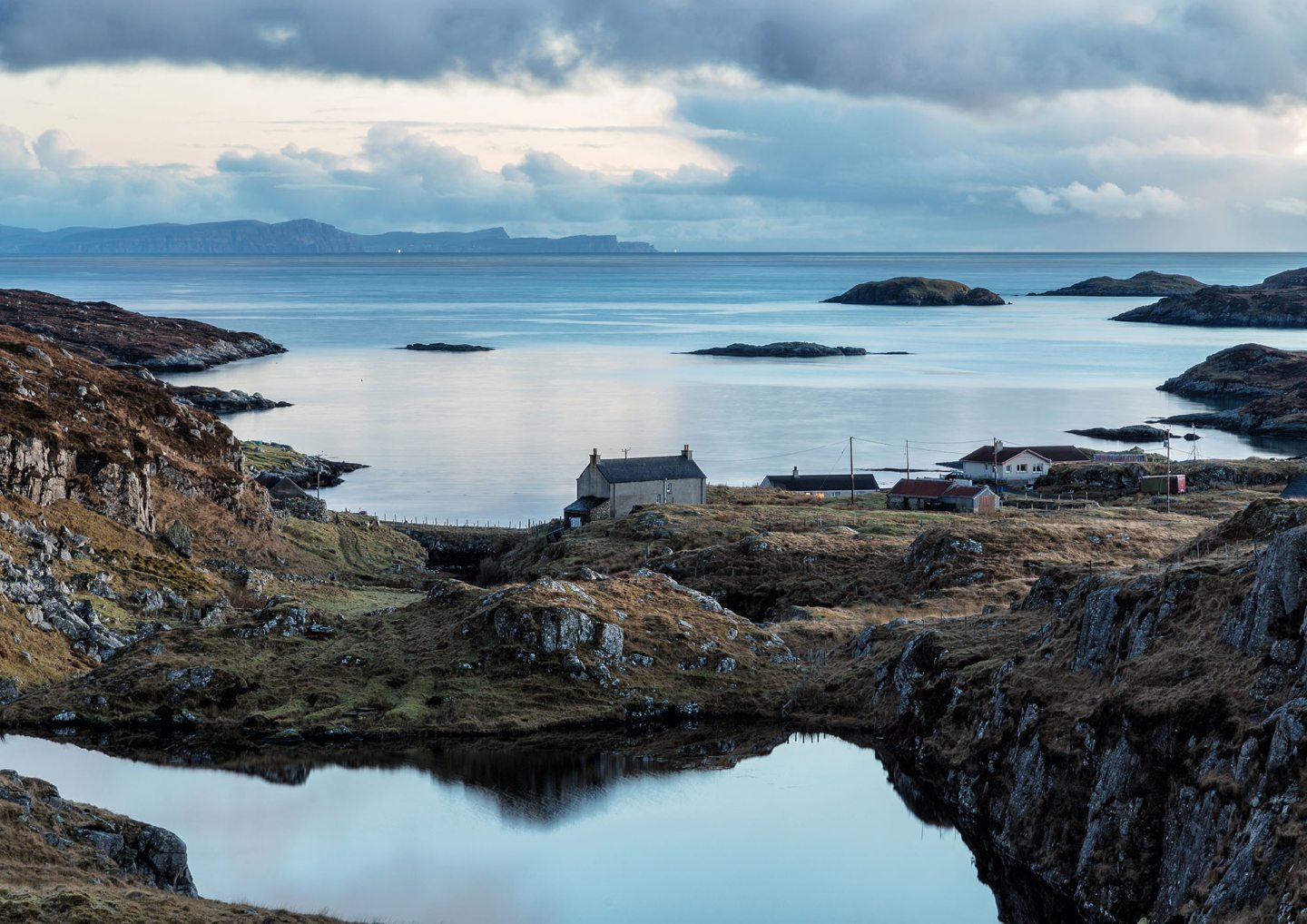In an interview in 2004, Andy Wightman, the leading authority on Scottish land, drew a distinction between the different types of people who own vast tracts of the country.
There was the large group of absentee owners who made their money elsewhere. Their estates were run by factors or Edinburgh lawyers. They rarely got dirt under their fingernails from the land they had bought. They had less commitment to it than the “tweeds” or “blue chips”: the big, old, landed families.
He was speaking just weeks before the then Scottish Executive’s controversial land reform legislation was due to come into force, giving local communities throughout rural Scotland special rights to buy their land. There has been no greater critic of the pattern of Scotland’s land ownership than Wightman, but he thought these old tweeds knew things were changing and were trying to reach out.

His thoughts came to mind with the recent news that Buccleuch Estates and the community-led Langholm Initiative (LI) had agreed the sale of a second tranche of over 5,000 acres. It means that the Tarras Valley Nature Reserve, LI’s creation, will span 10,500 acres. This makes it the largest community buyout in the south of Scotland. Along with the island of Ulva, it is also the largest anywhere in Scotland for years.
Those associated with the purchase doubt it could have succeeded, had the estate not adopted a positive approach to working with the community; in particular, fixing a price (£3.8 million) with LI for the first 5,200 acres and six residential properties. That was in October 2020. Then, the estate agreed to extend the deadline for the sale of the second 5,300 acres of Langholm Moor and three properties for another £2.2m.
Community ownership can correct historic injustice
The estate, therefore, did get around £6m for selling what is a small part of the Duke of Buccleuch’s (a tweed or blue chip if ever there was one) estimated 200,000 plus acres. But, it has to be said that its approach has been a welcome contrast to those often absentee landowners who display such zeal in claiming every small patch of local land to add to their holdings.
Buccleuch could have got more money. The huge demand for land, fuelled by investment funds and corporate bodies seeking carbon credits to “greenwash” their commercial activities by planting trees and restoring peatland, means land like Langholm Moor is at a premium.
Langholm follows Buccleuch’s 2020 sale of 750 acres – known as Holm Hill, near the English border – to Newcastleton and District Community Trust. Locals claim it corrected the historic injustice of their forebears being removed from the hill to the village in 1793, by the third Duke of Buccleuch.
A community spokesman explained what it meant: “We wanted to create a better, more sustainable life for our grandchildren and owning land would enable us to do that.”
The estate is also prepared to sell 3,860 acres to the village of Wanlockhead, and the community is working hard to make it a reality, after some early hiccups.
Buccleuch recognised community interests
This column hasn’t given much space to congratulating large landowners. But Buccleuch is due credit for recognising local community interests, rather than leaving it to the market to produce the highest bidder.
That 3,000 people, quite literally, bought into the community’s dream of rewilding the grouse moors and woodland into an important nature reserve is significant endorsement
The odds, however, are still stacked against communities getting control, not least raising the necessary dosh. Those driving Langholm have been hard at it for over three years. This second purchase attracted £1m from the Scottish Land Fund. It had awarded the same amount for the first tranche.
But, there was £300,000 from Alex Gerko, founder of algorithmic trading firm XTX Markets. Anne Reece of the Reece Foundation, which normally promotes engineering and manufacturing in the north of England, gave £100,000.
There was £50,000 from wild land charity, the John Muir Trust. There was also support from Borders Forest Trust, Rewilding Britain, RSPB Scotland, Scottish Wildlife Trust, Trees for Life, and the Woodland Trust.
Importantly, 3,000 people made individual donations. That they all, quite literally, bought into the community’s dream of rewilding the grouse moors and woodland into an important nature reserve is significant endorsement. It underlines the enthusiasm for seeing Scotland’s land used differently.
Not the easiest route
Meanwhile, a long journey to community ownership at the other end of the country appears to be getting towards the end of the road. A postal ballot will be held next month to gauge community support for taking over the Bays of Harris estate from its current owners, who have owned it since the 1920s. It embraces 274 crofts in 28 townships.
The land reform legislation gave such communities rights which would allow them to force a sale. But it is not the easiest route to follow.
The owners have said they are willing to take a sale to the island community “very seriously”, which has been welcomed.
It’s good to talk.
David Ross is a veteran Highland journalist and author of an acclaimed book about his three decades of reporting on the region













Conversation